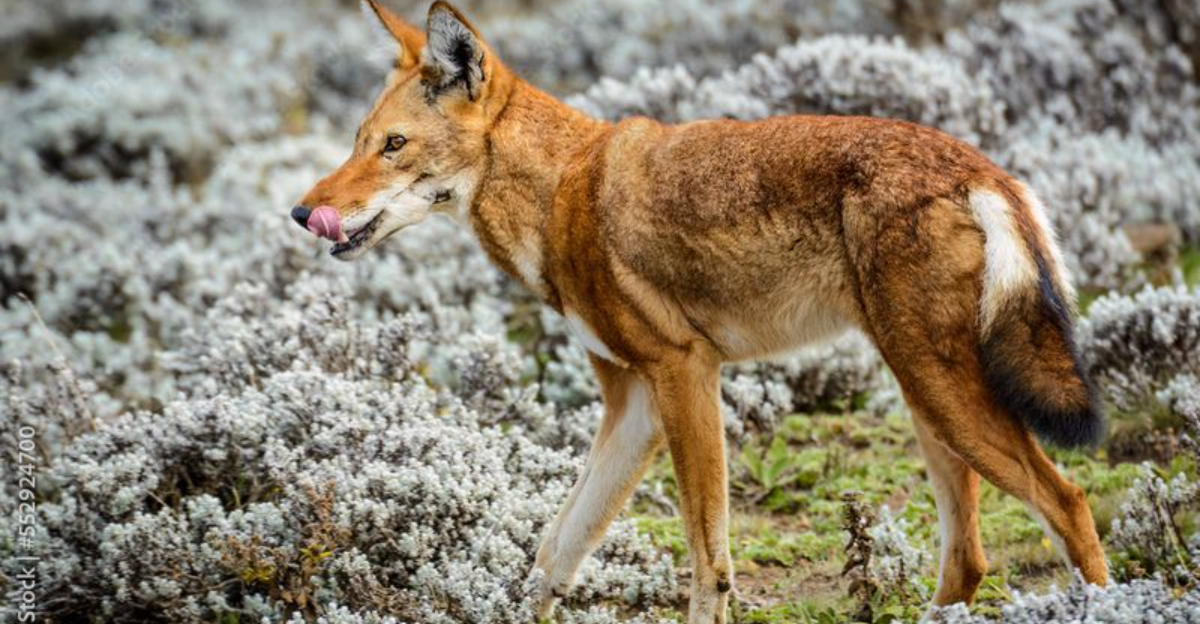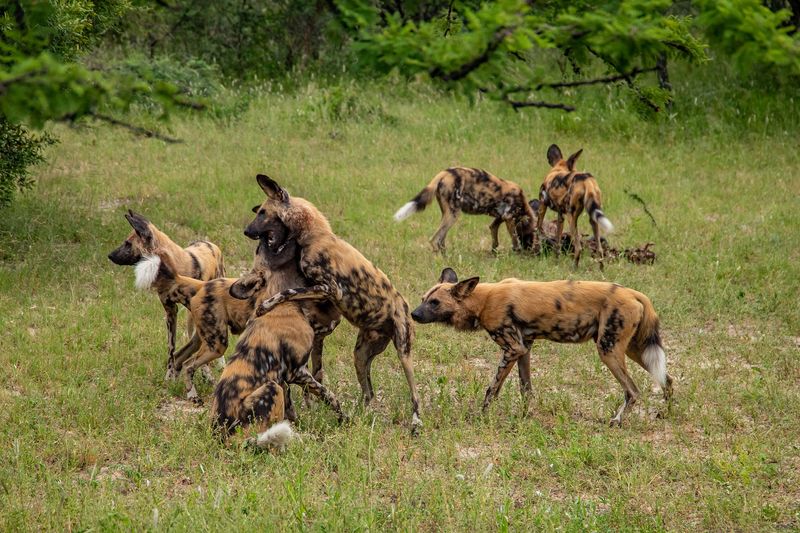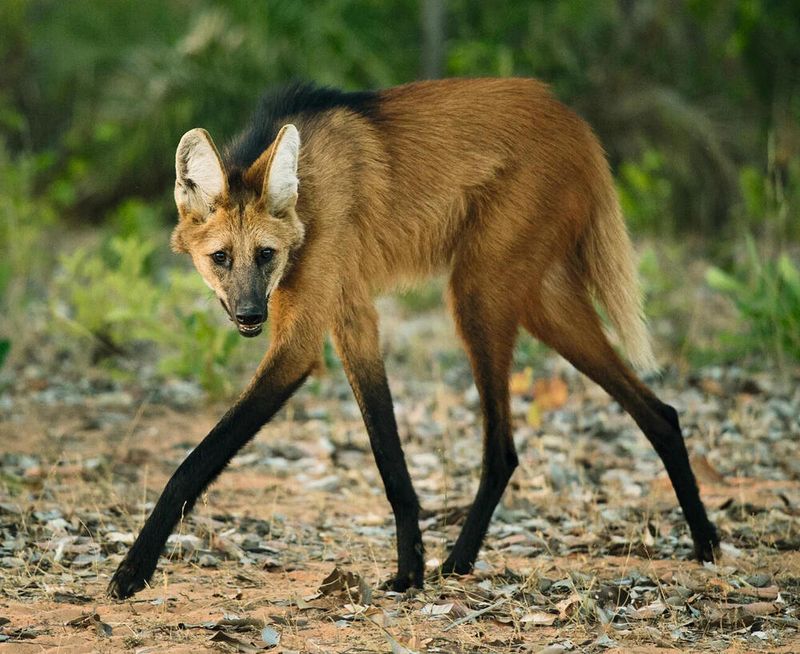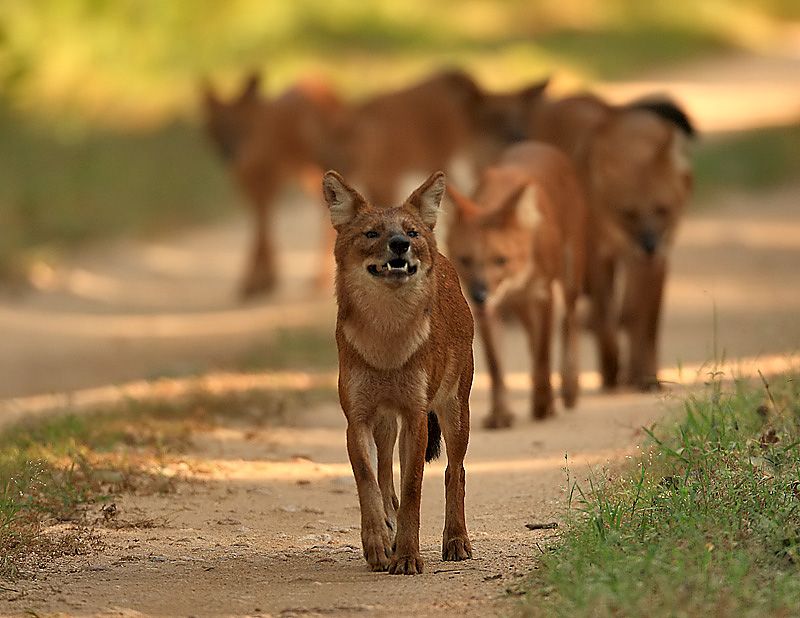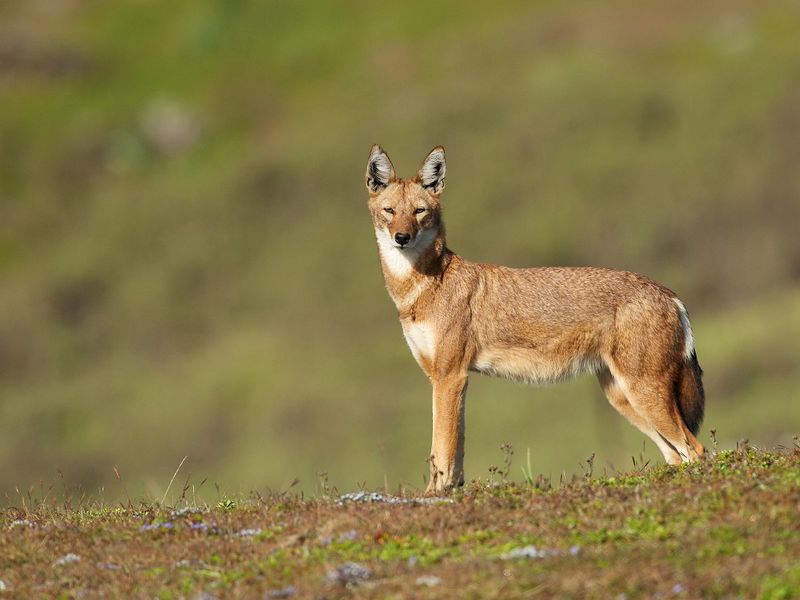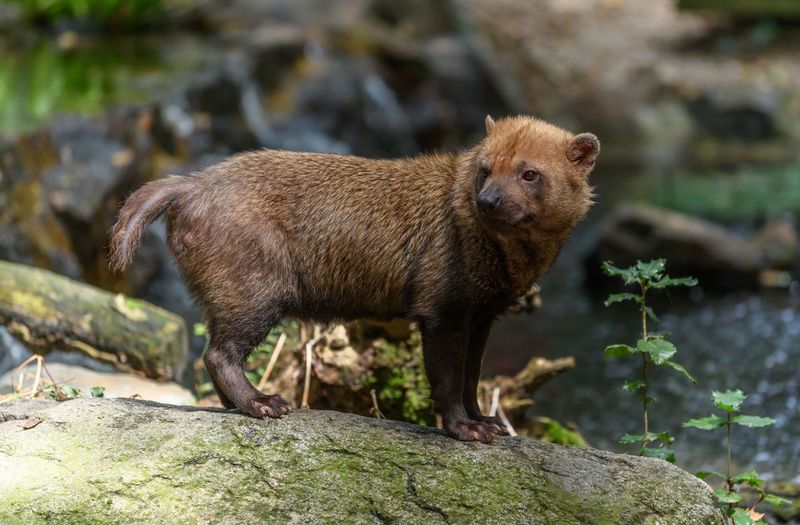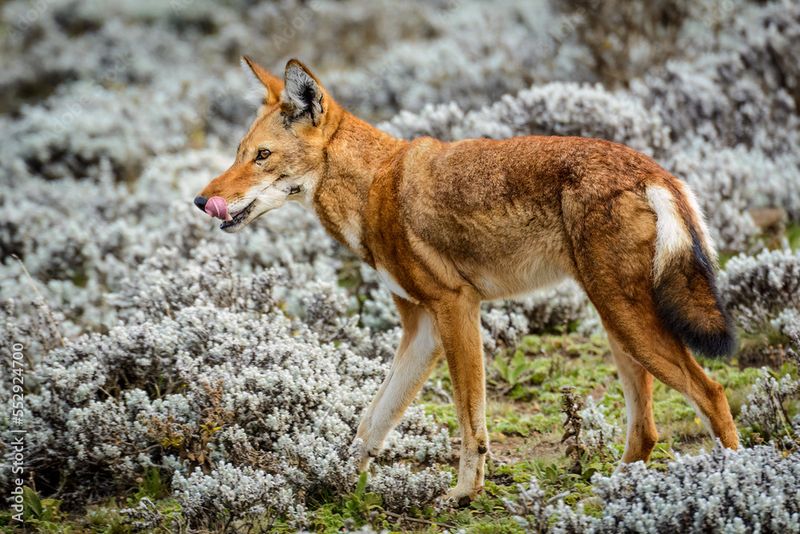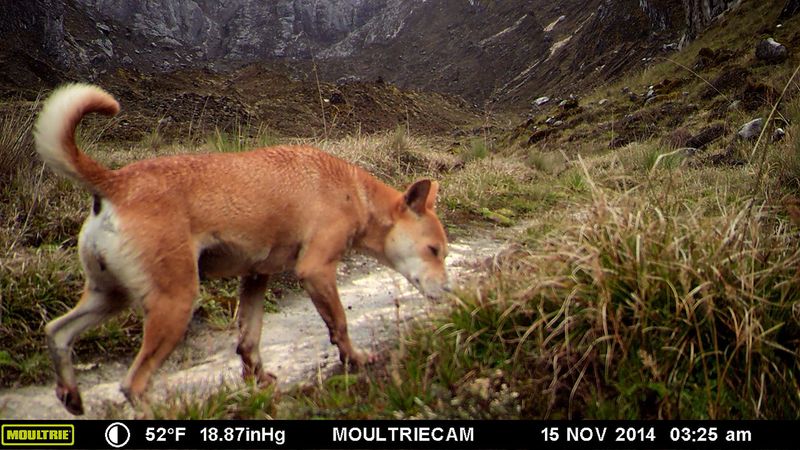Explore the intriguing world of wild dogs, where survival is a daily battle. Discover seven unique species that are on the brink of extinction, each with its own story and challenges. From the dense forests of South America to the African savannas, these wild dogs face numerous threats, including habitat loss, human conflict, and disease. This blog post delves into their fight for survival, highlighting their unique traits and the urgent need for conservation efforts.
African Wild Dog
In the African plains, the African Wild Dog stands out with its vibrant patchy coat and social pack dynamics. Each pack is led by an alpha pair, emphasizing teamwork and cooperation in hunting. They communicate through a series of high-pitched calls, creating a symphony of sounds in the wild. Tragically, habitat fragmentation and human-wildlife conflict have pushed them to the edge. Conservationists strive to protect their dwindling numbers by creating wildlife corridors. This incredible species, with its unparalleled hunting skills, remains a symbol of the beauty and complexity of Africa’s ecosystem.
Maned Wolf
With its striking appearance, the Maned Wolf of Brazil’s grasslands captivates observers. Its long legs and distinctive mane make it a creature of elegance and mystery. Unlike typical wolves, it hunts alone, relying on a varied diet. The cerrado, its natural habitat, faces deforestation, threatening its existence. Conservationists are working to preserve these unique lands. Known locally as the “fox on stilts,” this enigmatic creature symbolizes the delicate balance of its ecosystem, where survival is intertwined with the land’s fate.
Dhole
Amidst India’s dense forests, the Dhole thrives with its fiery red coat and charismatic presence. Known for pack coordination, they are formidable predators, often taking down prey larger than themselves. Despite their prowess, threats like shrinking habitats and human interference loom large. Efforts to conserve these vital predators include habitat restoration and anti-poaching measures. Their unique whistling calls echo through the woods, a testament to their close-knit social structure. The Dhole’s survival story is a poignant reminder of the interconnectedness of species and habitats.
Ethiopian Wolf
High in Ethiopia’s mountains, the Ethiopian Wolf navigates its rugged landscape with grace. Its slender frame and striking red fur make it a beacon of the highlands. As the rarest canid, its survival hinges on preserving its fragile ecosystem. Disease and habitat encroachment pose significant threats. Community-based conservation efforts focus on habitat protection and disease control. This species’ survival is a crucial part of maintaining the highland’s ecological integrity. The Ethiopian Wolf is not just a survivor but a vital part of its mountain home.
Bush Dog
In the heart of the Amazon, the elusive Bush Dog prowls with a keen sense of smell and compact build. Its short legs and webbed feet are perfect for navigating dense forests and swimming in rivers. Though rarely seen, its presence is vital for controlling prey populations. Deforestation and habitat loss endanger its survival, prompting conservationists to monitor its habitats closely. The Bush Dog’s secretive nature adds to its allure, making it a mysterious yet crucial component of the Amazonian ecosystem.
Simien Jackal
In Ethiopia’s Simien Mountains, the Simien Jackal, sometimes mistaken for a fox, thrives in rugged terrains. Its bushy tail and agile physique make it adept at navigating rocky landscapes. This species plays a key role in controlling rodent populations. However, environmental pressures and human encroachment threaten its existence. Conservation strategies include community education and habitat protection initiatives. As one of Africa’s rarest canids, the Simien Jackal’s survival is crucial for the ecological health of its mountainous home.
New Guinea Singing Dog
Known for its unique vocalizations, the New Guinea Singing Dog enchants with its melodic howls. Its agile body and keen intelligence enable it to thrive in Papua New Guinea’s challenging terrains. Once thought extinct, small populations have been rediscovered, sparking conservation interest. The dense forests provide both refuge and challenge, as human activities threaten these areas. Studies focus on understanding their behavior and genetics, crucial for future conservation. This rare breed’s haunting songs echo its struggle and resilience in an ever-changing world.
